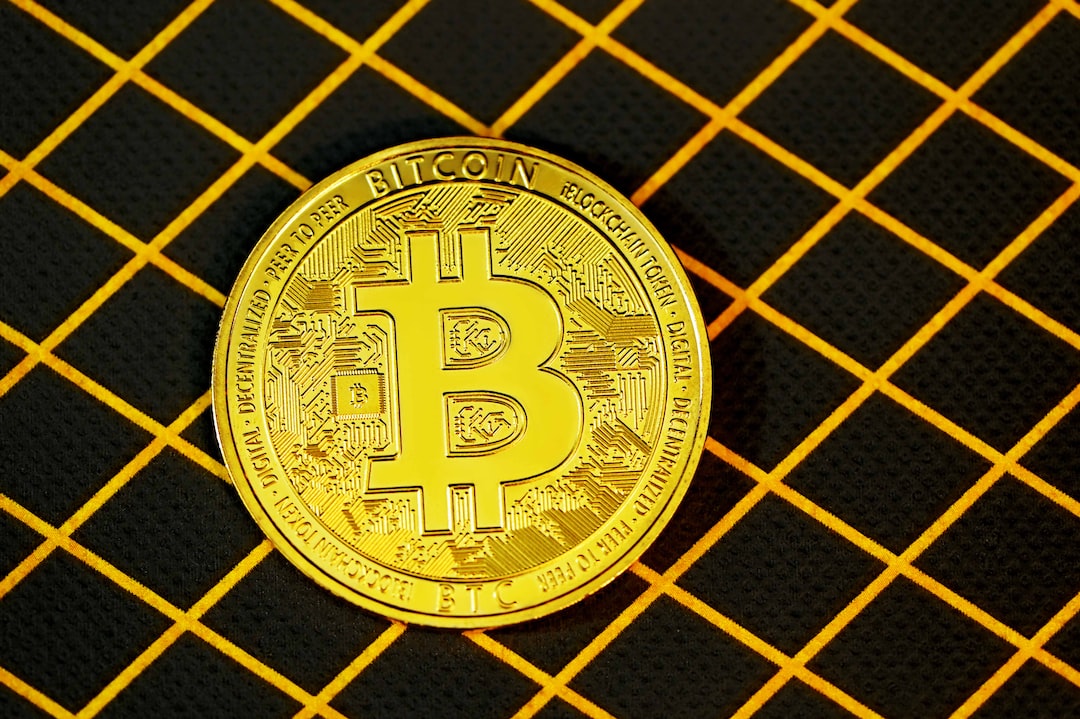United States Losing Stablecoin Market To Overseas
A recent report from blockchain intelligence firm Chainalysis has revealed a decline in stablecoin trading volume in the United States. The report suggests that more crypto users are now engaging in stablecoin-related activity with trading platforms and issuers based overseas, rather than in the US.
According to Chainalysis, stablecoins have accounted for over 50% of all on-chain transaction volume on centralized exchanges recently. However, during the period analyzed, the majority of stablecoin inflows to the top 50 crypto services shifted from US-licensed exchanges to those based outside the country.
This shift is significant considering that more than 90% of stablecoin activity takes place in stablecoins pegged to the US dollar. As a result, US regulators have a strong interest in exerting regulatory authority over stablecoins due to the central role of USD-denominated reserves in these assets.
US Government’s Growing Concern for Stablecoin Regulation
The report also highlights the complexities surrounding the regulation of stablecoins. Jason Somensatto, Head of North American Public Policy at Chainalysis, believes that these issues will be resolved soon in the interest of global competition and necessary regulation.
In April, the US House Financial Services Committee published a draft of its stablecoin bill, which proposes various changes, including a pause on algorithmic stablecoins and giving the Federal Reserve control over stablecoins from nonbank companies.
Currently, the total market cap of stablecoins stands at $124.56 billion, with USDT holding a dominant share of 67.6%.
Hot Take: Stablecoin Trading Volume Declines in the US Amidst Regulatory Concerns
A recent report by Chainalysis has revealed a decline in stablecoin trading volume in the United States. The majority of stablecoin inflows have shifted from US-licensed exchanges to those based overseas. This shift has raised concerns among US regulators, as stablecoins are primarily pegged to the US dollar. The US government is showing a growing interest in exerting regulatory authority over stablecoins due to the central role of USD-denominated reserves in these assets.
However, there is optimism that these regulatory concerns can be resolved in the near future. The US House Financial Services Committee has proposed a stablecoin bill that aims to address these issues and give the Federal Reserve more control over stablecoins. Despite the decline in trading volume, stablecoins continue to play a significant role in the crypto market, with a total market cap of $124.56 billion.





 By
By
 By
By

 By
By

 By
By